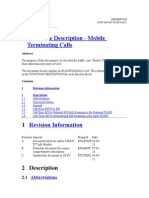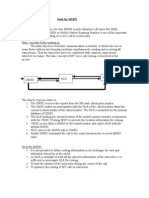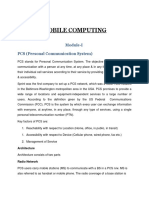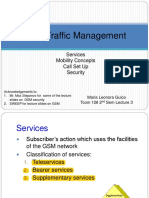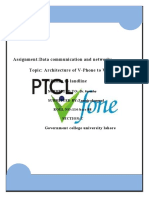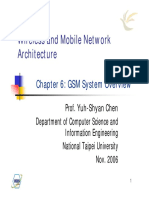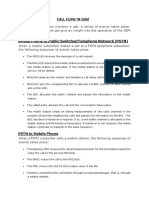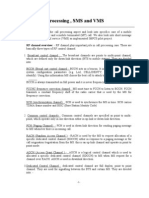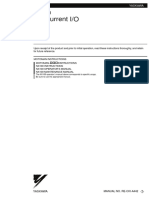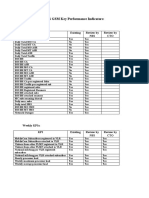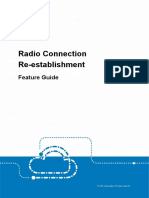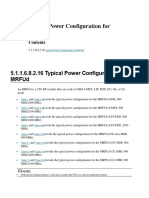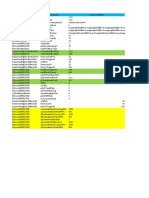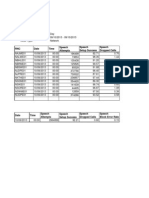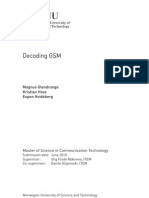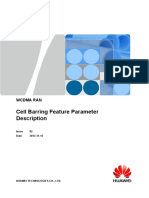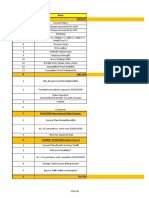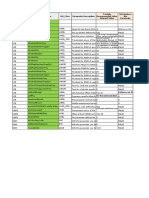0% found this document useful (0 votes)
24 views6 pagesMobile Terminating
This document outlines the traffic case for Mobile Terminating calls, detailing the processes involved in calls from PSTN to mobile subscribers and between mobile subscribers roaming in the same PLMN. It describes the steps for call setup, including B-number analysis, routing, and the involvement of various network nodes like MSC/VLR and HLR. Additionally, it covers scenarios for national and international calls, emphasizing the importance of correct number formats and routing cases in the call handling process.
Uploaded by
Jai SharmaCopyright
© © All Rights Reserved
We take content rights seriously. If you suspect this is your content, claim it here.
Available Formats
Download as DOC, PDF, TXT or read online on Scribd
0% found this document useful (0 votes)
24 views6 pagesMobile Terminating
This document outlines the traffic case for Mobile Terminating calls, detailing the processes involved in calls from PSTN to mobile subscribers and between mobile subscribers roaming in the same PLMN. It describes the steps for call setup, including B-number analysis, routing, and the involvement of various network nodes like MSC/VLR and HLR. Additionally, it covers scenarios for national and international calls, emphasizing the importance of correct number formats and routing cases in the call handling process.
Uploaded by
Jai SharmaCopyright
© © All Rights Reserved
We take content rights seriously. If you suspect this is your content, claim it here.
Available Formats
Download as DOC, PDF, TXT or read online on Scribd
/ 6
